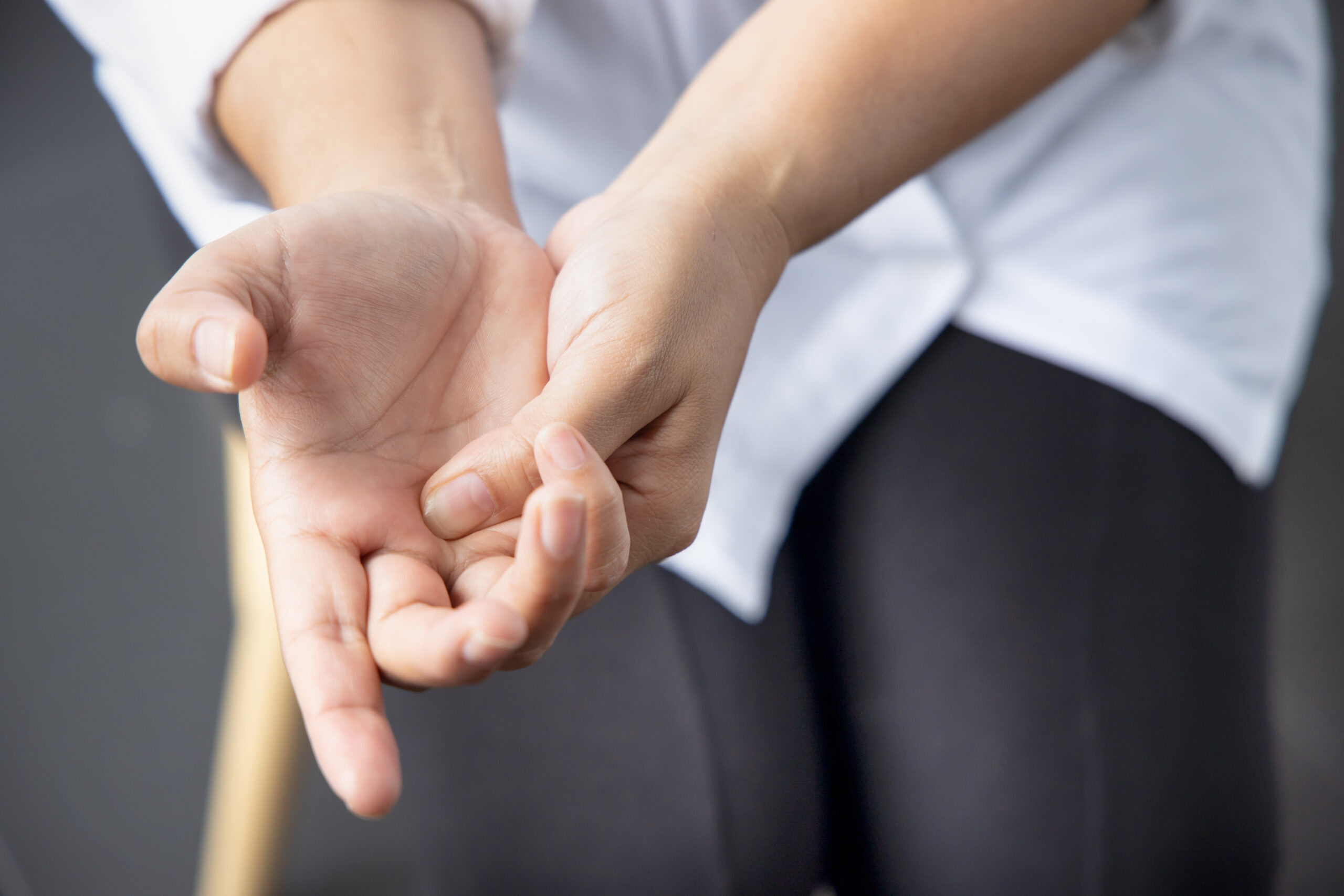
Trigger finger is a condition that impacts the tendons in the fingers, causing pain, stiffness, and a sensation of locking during finger movement. It's a result of inflammation around the flexor tendons, which hinders the smooth gliding necessary for bending and straightening the fingers, potentially leading to functional impairment of the hand.
Symptoms and Early Detection
The hallmark symptom of trigger finger is a catching or locking sensation in the affected digit. Stiffness, particularly in the morning, and a popping sensation during movement are also common. In severe cases, the finger may remain bent and require assistance to straighten. Early identification of these symptoms is essential for effective management and can prevent the condition from worsening.
Risk Factors and Causes
The exact cause of trigger finger is not always clear, but repetitive gripping actions are a significant risk factor. Occupations such as musicians, farmers, and industrial workers are frequently affected due to the nature of their work. Health conditions like diabetes and rheumatoid arthritis also increase susceptibility. Understanding these risk factors is important for both prevention and treatment.
Exercises for Alleviating Symptoms
Exercises can play a pivotal role in relieving the discomfort associated with trigger finger and improving mobility. Here are some exercises recommended by health professionals
1. Finger Lifts: Place your hand flat on a table and lift each finger individually, holding for a few seconds before lowering. This exercise enhances flexibility and reduces stiffness.
2. Thumb-Finger Touch: Gently touch your thumb to each fingertip, forming an 'O' shape, to improve the range of motion without forcing the movement.
3. Palm Stretch: With your hand palm-down on a flat surface, press down to stretch the fingers and palm, keeping the wrist straight.
4. Finger Spread: With fingers together, slowly spread them apart and then bring them back together, focusing on controlled movement.
5. Finger Bends: Bend your fingers at each joint to form a claw-like shape, hold, and then straighten. This strengthens the muscles and increases tendon flexibility.
It's recommended to perform these exercises consistently for the best results, and if any soreness occurs, it's okay to take a break until you feel better
Consulting a Healthcare Provider
If pain persists or if symptoms like swelling and stiffness worsen, it's crucial to seek medical advice. A worsening condition may indicate the need for professional intervention.
Surgical Intervention
For persistent or severe cases, trigger finger release surgery may be necessary. This procedure involves cutting the sheath surrounding the tendon to allow for freer movement and resolution of the locking sensation. It's typically an outpatient procedure with a high success rate.
Preventive Measures
Preventing trigger finger requires reducing finger strain, particularly for those in high-risk occupations. Ergonomic adjustments and regular breaks during repetitive tasks can help minimize the risk.
Conclusion
Trigger finger can be managed effectively with the right exercises and preventive measures. Consistency in performing exercises is crucial for optimal results. For ongoing symptoms, professional medical guidance is recommended. Taking proactive steps can lead to improved comfort and a reduction in pain. It's also important to stay informed about the condition and any new treatments or exercises that may become available. Regular check-ups with a healthcare provider can help ensure that any signs of trigger finger are caught early and managed appropriately. With the right approach, individuals can maintain hand functionality and quality of life despite this condition.




